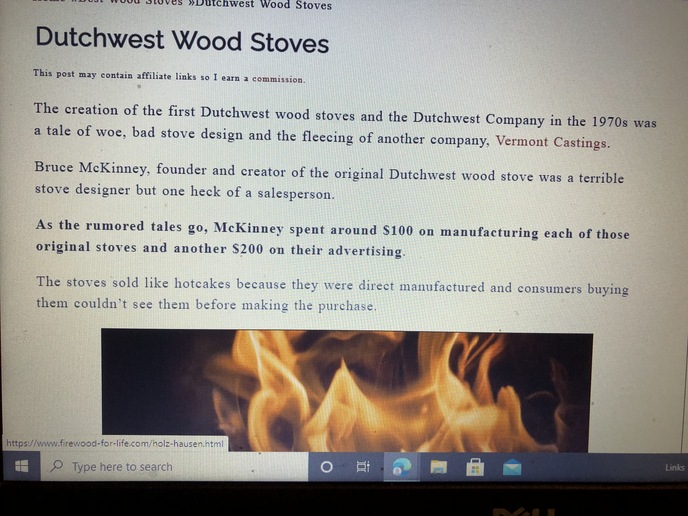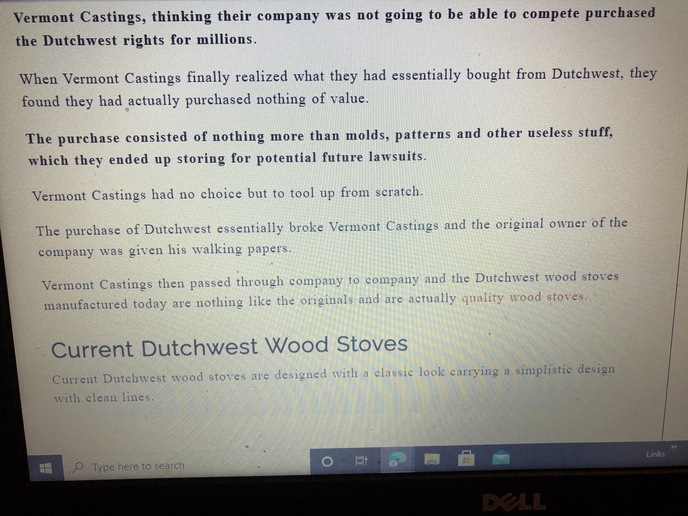BarnyardEngineering
Well-known Member
- Location
- Rochester, NY
Why? Because I know that what half of you will ask/recommend even though I will say it repeatedly throughout this post.
The chimney is clean.
So, why won't my wood stove burn at night? Sun goes down, fire goes out. Can't keep it burning.
Burns fine during the day. Maintains a nice bed of hot coals. Just add wood every 2-4 hours.
I'm doing the exact same thing at night, but it won't burn. Air intake is wide open. Wood is dry. Stove is just about out in 4 hours.
The chimney is clean.
Sun comes up in the morning, stove starts burning again.
The stove is a Vermont Castings Dutchwest. The catalyst is brand new. Old one had disintegrated.
I'm new to this wood stove thing, living in my parents house guarding the farm after they both passed recently. There's an oil furnace but it only keeps the place warm while it's running. 10 minutes after it shuts off you're freezing again, and it costs a fortune to run.
And before you ask, the chimney is clean. I just checked it for the 34th time.
The chimney is clean.
So, why won't my wood stove burn at night? Sun goes down, fire goes out. Can't keep it burning.
Burns fine during the day. Maintains a nice bed of hot coals. Just add wood every 2-4 hours.
I'm doing the exact same thing at night, but it won't burn. Air intake is wide open. Wood is dry. Stove is just about out in 4 hours.
The chimney is clean.
Sun comes up in the morning, stove starts burning again.
The stove is a Vermont Castings Dutchwest. The catalyst is brand new. Old one had disintegrated.
I'm new to this wood stove thing, living in my parents house guarding the farm after they both passed recently. There's an oil furnace but it only keeps the place warm while it's running. 10 minutes after it shuts off you're freezing again, and it costs a fortune to run.
And before you ask, the chimney is clean. I just checked it for the 34th time.



